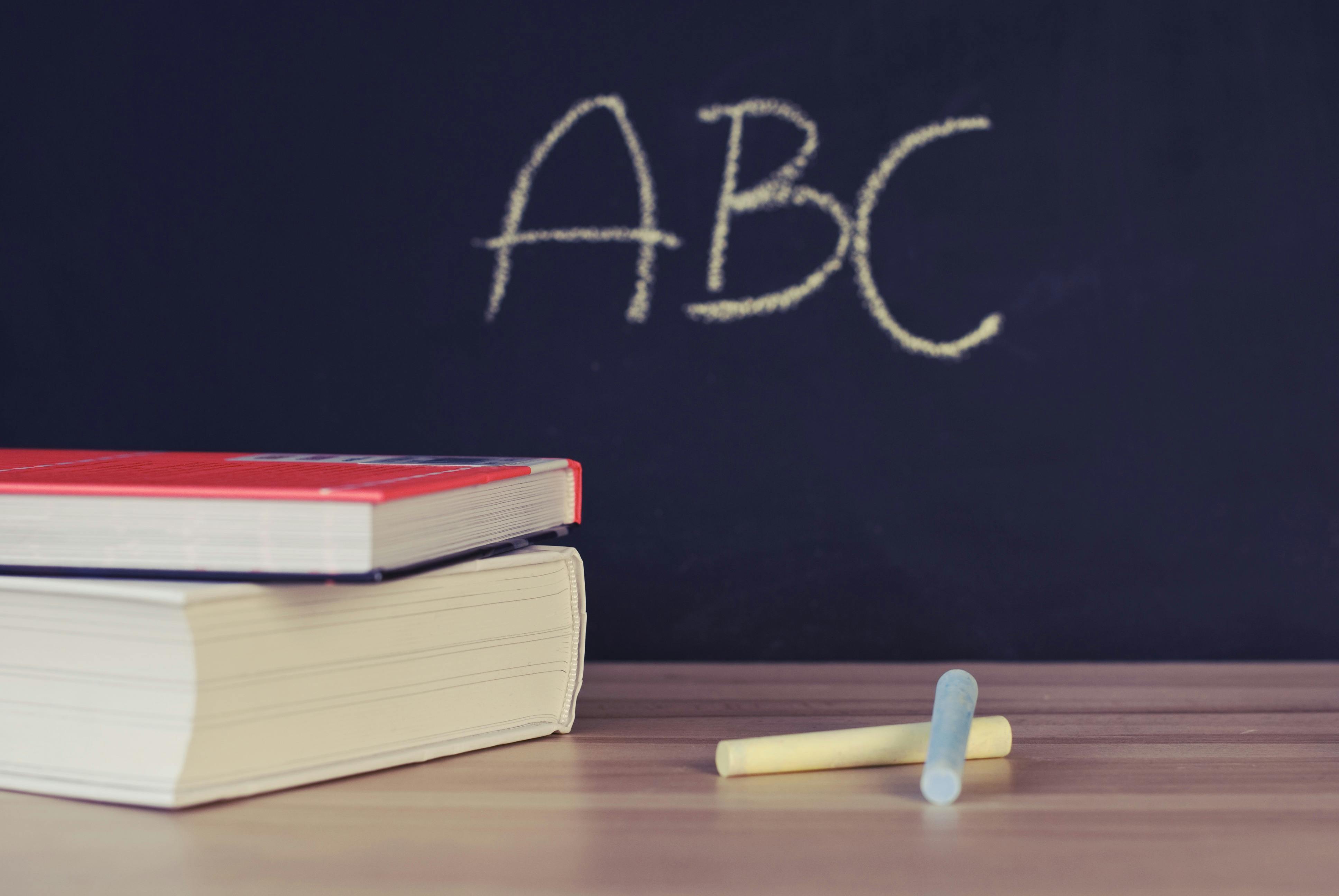

In some states, school funding is directly related to classroom test scores. The focus becomes so much on improving these test scores that other solutions may be overlooked. Test scores only reflect a portion of what is going on in the classroom. Here are some solutions to improve overall academic results.
Engage Teachers and Parents
Teachers that routinely have low classroom test scores may become disinterested in performing their jobs. Having a teacher that can engage the students in the learning process can improve achievement. Teachers need to find ways to connect to their students. Parents also play a key role in academic results. Sending their kids to school is only part of what makes them successful. Parents need to be supportive and encourage their kids to complete their homework assignments. The point of homework is to practice skills that are taught in the classroom. Teachers can help this process by not assigning too much homework. Students that feel overwhelmed are more likely to suffer academically. Teachers need to tailor their assignments so that students can get the most benefit in the least amount of time.
Continuous Teacher Development
Part of being successful at any job is continuing to improve your skill set. Educator development is an important part of getting improved academic results. Teachers often feel as though there aren’t enough hours in the day. Grading papers and developing lesson plans can become the focus over engaging with the students. Giving teachers the opportunity to develop their skills online can help to improve academic results. There may be workshops or conferences that offer advice to help teachers improve their abilities. Refresher courses may be offered that can benefit the school staff. Teachers can network with each other to share success stories or ask for advice. An online forum allows teachers to attend these courses as time permits. Administrators can evaluate a teacher’s performance and offer objective tips for improvement. Improving performance can lead to more successful students.
Reduce Class Sizes
In large classes, students that are struggling are more likely to be overlooked. A teacher may spend the entire time in the classroom trying to deal with disciplinary issues. This doesn’t benefit academic performance. Smaller class sizes offer less distractions. A teacher is better able to give students more personal attention. Having this one on one interaction allows students to be more successful. Teachers are better able to engage with their students. Another benefit is that students feel as though they matter. If they have a question, they are given more opportunity to ask. This may benefit other students that are having the same difficulty. Lesson plans can be more targeted for the development of the students in each class. This saves teachers time and can allow them to spend more time developing their skills.
Utilize Time Appropriately
Time is something that always seems to be in short supply. This can often lead to lots of homework assignments. Teachers may feel that by assigning more homework, they are teaching their students more in a short amount of time. Some students may do well learning on their own. Others need more guidance. Having enough classroom time is essential to improving academic results. Schools can organize scheduling in a manner to allow the most classroom time. Many schools use block schedules to maximize student-teacher interactions. Appropriate scheduling can lead to improved academic results. Time is a precious commodity. Administrators need to recognize this fact. Having targeted lesson plans can also make the best use of time. Developing a teacher’s ability to refine their lesson plans may prove beneficial.
Academic success involves many different parties. Administrators, teachers, parents, and students need to work together to achieve this goal. Try these solutions to improve your school district’s academic results.


